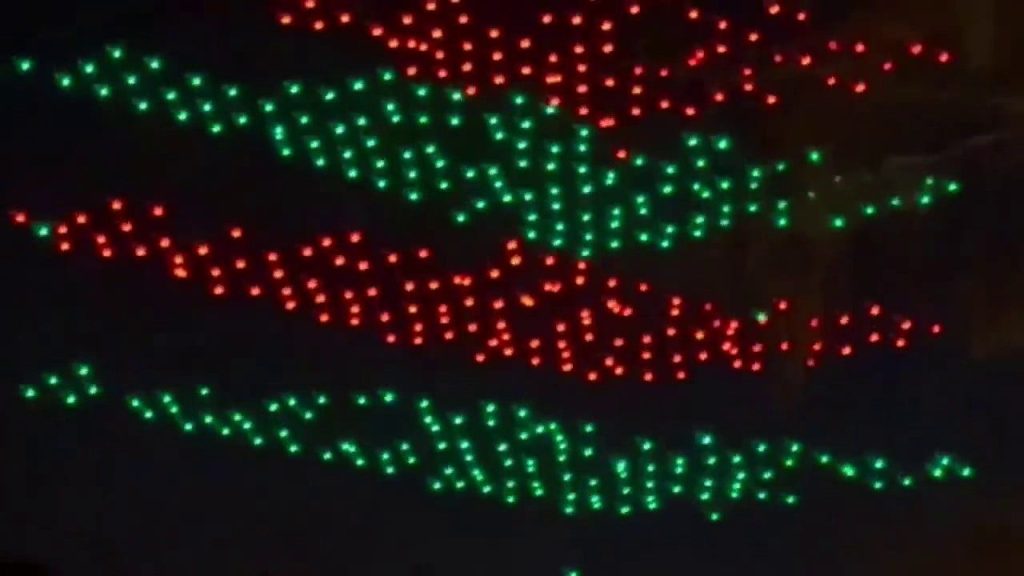A holiday drone show in Orlando, Florida, took a disastrous turn on Saturday evening when several drones malfunctioned and plummeted from the sky, injuring a 7-year-old boy and causing chaos among spectators. The incident occurred at approximately 6:45 p.m. local time over Lake Eola, where hundreds of drones were performing an aerial light display as part of the city’s holiday festivities. A video captured by a bystander shows the drones initially maneuvering into formation before a number of them begin to descend uncontrollably, crashing into the ground and water below. The audible gasps and exclamations of onlookers, particularly a man expressing disbelief that the drones were falling, underscore the unexpected and alarming nature of the event. Geese on the lake were also startled by the falling drones, flapping their wings in an attempt to escape the sudden danger.
The 7-year-old boy who sustained injuries from the falling drones was transported to a local hospital. The extent of his injuries has not been publicly disclosed, but the incident prompted Orlando officials to cancel a second drone show scheduled for later that evening, citing “technical difficulties.” The Federal Aviation Administration (FAA) has launched an investigation into the cause of the malfunction, highlighting the complex regulatory landscape surrounding drone operations, particularly large-scale displays.
Drone light shows, while visually captivating, are subject to stringent FAA regulations. Operating multiple drones simultaneously requires a waiver, and the FAA scrutinizes various aspects of the proposed show before granting permission. This includes evaluating the software controlling the drones, safety protocols for establishing restricted areas to protect the public, contingency plans for drone failures and encroaching aircraft, geofencing measures to confine the drones within a designated airspace, and the adequacy of personnel managing the show. The complexity of these shows and the potential hazards associated with malfunctioning drones necessitate meticulous planning and adherence to regulations to ensure public safety.
The FAA’s investigation will likely focus on identifying the technical glitch that led to the drones falling. This could involve examining the drones’ software, communication systems, and mechanical components, as well as scrutinizing the operator’s adherence to safety protocols and emergency procedures. The outcome of the investigation will be crucial in preventing similar incidents in the future and reinforcing the importance of rigorous safety standards for drone light shows.
Sky Elements Drones, the vendor contracted by the City of Orlando for the second consecutive year to operate the drones, has expressed regret over the incident and pledged full cooperation with the FAA investigation. In a statement, the company emphasized its commitment to safety, stating that the well-being of the audience is their top priority. They affirmed their dedication to determining the cause of the malfunction and maintaining the highest safety regulations established by the FAA. The company underscored their extensive experience, noting that millions of people view their shows annually.
This incident underscores the inherent risks associated with drone technology, even in controlled environments like organized light shows. As drone usage continues to proliferate, ensuring public safety requires robust regulations, thorough operator training, and meticulous adherence to safety protocols. This incident serves as a stark reminder of the potential consequences of technology malfunction and the importance of continuous improvement in safety measures to prevent similar occurrences. The FAA’s investigation will be instrumental in shedding light on the specific cause of this malfunction and contributing to the development of even more stringent safety standards for the drone industry.


